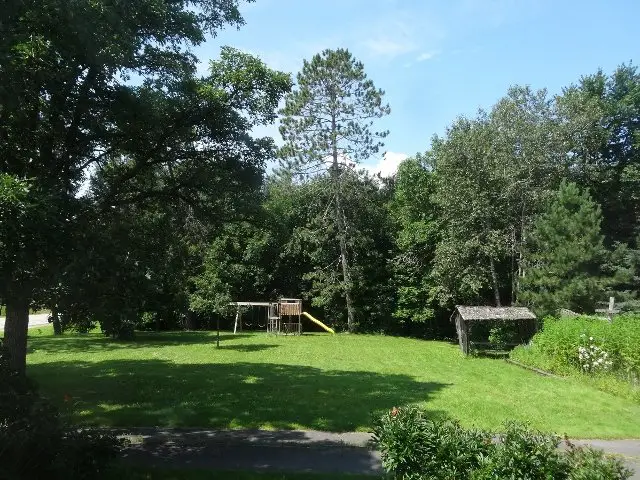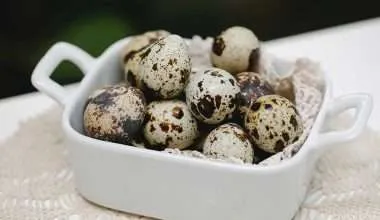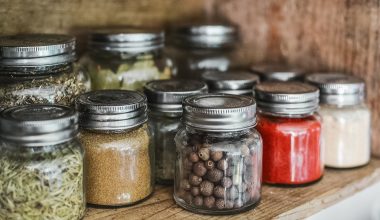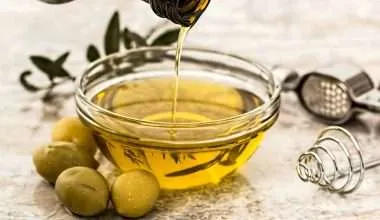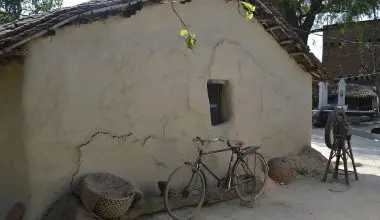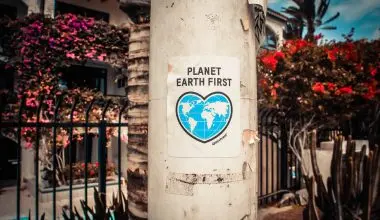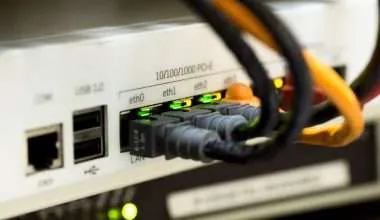The way of production of food with our current system is causing an immediate burden on our environment. The great amounts of water and energy required to produce, distribute and also the energy used up in logistics is quite impractical. Therefore everyday increases the need for us to produce our own food.
With farming on our own we have the power to decide to not spray our plants with chemicals, we have the power to not eat genetically modified produce. We can also grow fruits and vegetables we would like to eat which may not be available in an average grocery store and avoid paying high costs for such fruits and vegetables.
If you’ve been reading this far take a look at the tips to help start your own garden.
First steps to start your garden
1. Strive to take an ecological approach to gardening
First take a step back and realize how large scale capitalist farming is ruining nature, youre in good luck because we did that for you. Erosion ,pollution and intensive energy and water use has been wasting immense amounts natural resources.
These industrial methods ruin the balance of wild life populations along with pollinator populations. Monoculture cultivation has led to a huge variety diseases and pests swarming such farm lands.
Useful alternatives would be these ecological gardening methods
- Permaculture
- Organic and biodynamic growing techniques
- Nourishment and protection of the soil
- Conservation of water and energy
- Help pollinators
- Using a diversity of plants to reduce chances of a pest invasion and diseases
2. Gardening does not have to be difficult or expensive
Gardening can be easy work if you work smart. The key here is to work with nature and not against it, a good garden design will anticipate problems before we actually encounter it.
- Using newspaper, cardboard , straw , or even carpets can reduce the need to pull weeds because their growth is blocked , maintaining more moisture in the soil.
- Another important decision is to decide what to grow for that we have to consider the climate and soil type so we give the plant the best chance to grow.
- For healthier plants DO NOT USE AGRICULTURAL CHEMICALS they will only be unhealthy to you and your environment, plants actually produce their own phytochemicals which protect them from diseases and pests and your plants will contain much more nutrition.
- For soil fertility we use compost and other organic matter so our plants stay nourished.
- Hugelkultur garden beds, straw-bale gardens. Herb spirals, raised keyhole beds and sheet mulching require low amounts of work with increased plant growth.
Gardening is not expensive! You only need healthy soil, water , sunshine, and seeds. Basic tools and supplies will also be of some help, your gardening set up can be as complicated or as easy as you want.
3. Observe your space
Stop! Don’t grab your shovel just yet! Look at the space you have and see its conditions;
- Notice the sunlight shining on your garden, where does it shine the most and for long and where are the areas where it doesn’t shine as much?
- Do your neighbors live next to the garden site or far from it?
- What is the winds direction?
- Does the water pool in any area specifically?
4. Learn about your growing (“hardiness”) zone and your soil
To be well prepared it is always useful to learn about your growing environment. Your growing zone or “hardiness” zone will tell you when your last average frost date is in the spring and when your first average frost date is in the fall, this can guide you to plan for the length of the growing season where you live.
By performing a soil test, either through having it professionally done or by buying a do-it-yourself kit, you will be able to determine if your garden soil is deficient in any nutrients (such as nitrogen, phosphorous, and potassium), its pH, and what kind of soil that you have (such as sandy, silty, or clay).
Doing a soil test is always recommended you can have it done professionally or just by getting a do it yourself kit to determine if your growing zone is deficient in any nutrients, what its pH is and what kind of soil you have (sandy, silty or clay).
Knowing all of this you can decide which plants you can grow in your growing zone and whether you need any nutrients for growing season.
5. You don’t need to have a lot of space to grow a garden!
With all of the innovative gardening techniques available today, just about anyone can grow a garden, even with limited space. If you have no backyard, but you have a patio, balcony, or windowsill you can still grow a great deal of things in containers.
Space is no constraint you just need the want and dedication to grow a garden, you can grow a garden in your patio, balcony or windowsill with containers.
Square foot gardening, herb spirals, vertical gardening, hugelkultur beds, straw bale gardens, and container gardening are all examples of how to grow within a confined space. Micro-greens and sprouts can be grown from the comfort of your kitchens!
If you have no space at all community gardens could be an option for you.
Micro-greens and sprouts can be grown from the comfort of your kitchens!
6. Soil is life!
Your soil is an entire ecosystem! Healthy soil make for healthy plants!
The traditional gardening style of heavy tillage can disturb the ecology of the soil. If you work like this you will need to work a lot to compensate for losing soil fertility and moisture holding capacity.
Soil respecting techniques like mulching and composting will help nourishing and retaining moisture in the soil, mulching will also reduce the need for weeding.
Be sure to protect areas where you are going to plant by not walking on it.
7. Grow what you like to eat
Only grow stuff you will enjoy eating. You have the freedom to deicde!
8. Start small and then expand
While you may want to get going it is important to remember to start off slow, you don’t want to be stuck into a mess with no experience to deal with it. So start off with a small garden which you can manage then slowly start expanding your garden and start learning new and innovative gardening techniques. It is low but your garden will be more sustainable.
Keep in mind your gardening plans for the season and plan ahead what you’re going to do with the surplus produce you grow, this is an excellent opportunity to learn important techniques such as canning,fermenting,dehydrating and freezing.
9. Keep a garden journal.
Maintaining a journal with notes you learned in a gardening year will help you next time when you plant. Which vegetable worked best this year? What did you learn this year? These are good questions to get started with. This will surely help you out through out your gardening experience.
10. Don’t forget the pollinators!
Industrial agricultural chemicals and through loss of habitat pollinator populations are struggling today, tomatoes , cucumbers , zucchini and many more plants depend on pollinators to grow fruit.
Attracting pollinators is an important tool in the modern gardeners arsenal ,you can do your part by planting plants such as flowering herbs , marigolds and sunflowers which attract and provide nectar for pollinators such as bees and butterflies. This will also help you pollinate your garden plants and help increase pollinator populations.
Remember to not spray your plants with any pollinator harmful chemicals such as neonicotinoid pesticides.
Happy Planting!
